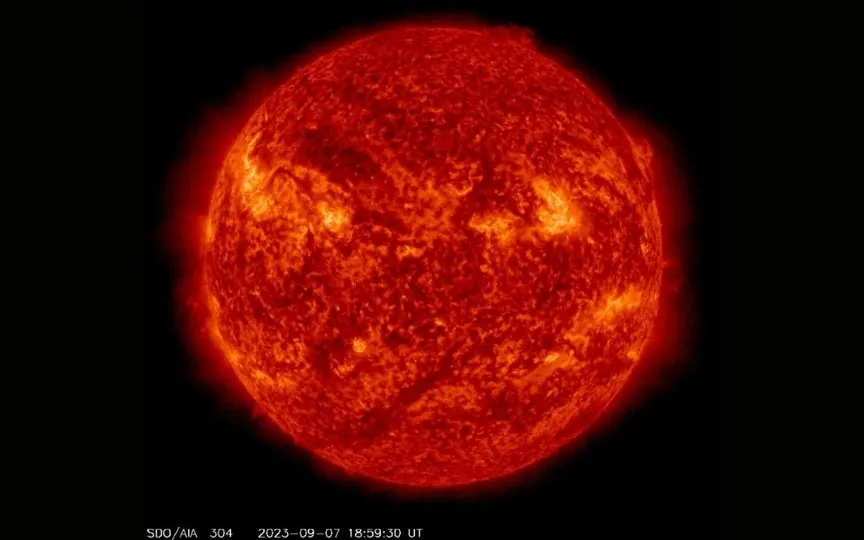Alert: M2 Solar Flare Could Impact Earth Following Sunspot Eruption
As the solar maximum draws near in the coming years, the Sun’s activity is increasing and is anticipated to escalate further. This year alone, we have witnessed a significant number of solar flares, CMEs, solar storms, and geomagnetic storms. Surprisingly, experts have noted that the Sun has already surpassed the projected count of sunspots for the solar maximum. To closely monitor the Sun’s unpredictable behavior, NASA’s Solar Dynamics Observatory (SDO) is equipped with a comprehensive set of instruments that enable it to observe solar activity.
This NASA observatory recently revealed that Earth may be in the line of fire of a powerful M2 solar flare, as a sunspot facing Earth has recently exploded, sending these flares on their way.
A dangerous sunspot
NASA’s Solar Dynamics Observatory (SDO) has detected a dramatic explosion of Earth-facing Sunspot AR3425 late on September 7, according to a report by spaceweather.com. As a result, National Oceanic experts have observed several overlapping CMEs. and Atmospheric Administration (NOAA) trying to determine if any of them were caused by this sunspot explosion.
As a result, M2 solar flares have been observed flying toward Earth. For the uninitiated, solar flares are rated according to their intensity on a logarithmic scale, similar to how earthquakes are measured. The smallest are the A class, which occur near background levels, followed by B, C, M, and X.
Read more: Aditya-L1 Solar Mission: ISRO achieves another milestone
A solar flare thrown towards Earth has an intensity of M2, meaning it is twice as strong as an M1 solar flare. In addition to this, two other sunspots, named AR3421 and AR3422, also pose a danger to Earth as they can scatter M-class solar flares towards the planet, according to the report.
Technology at NASA’s Solar Dynamics Observatory
The NASA Solar Dynamics Observatory (SDO) uses three very important instruments to gather information about various solar activities. They include the Helioseismic and Magnetic Imager (HMI), which measures high-resolution longitudinal and vector magnetic fields across the entire visible solar disk, the Extreme Ultraviolet Variability Experiment (EVE), which measures the Sun’s extreme ultraviolet radiation, and the Atmospheric Imaging Assembly. AIA), which provides continuous full-disk observations of the solar chromosphere and corona in seven extreme ultraviolet (EUV) channels.




